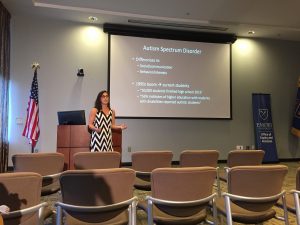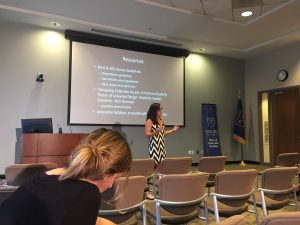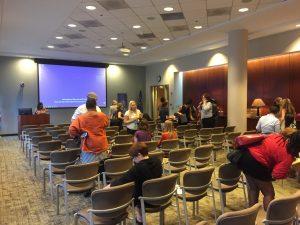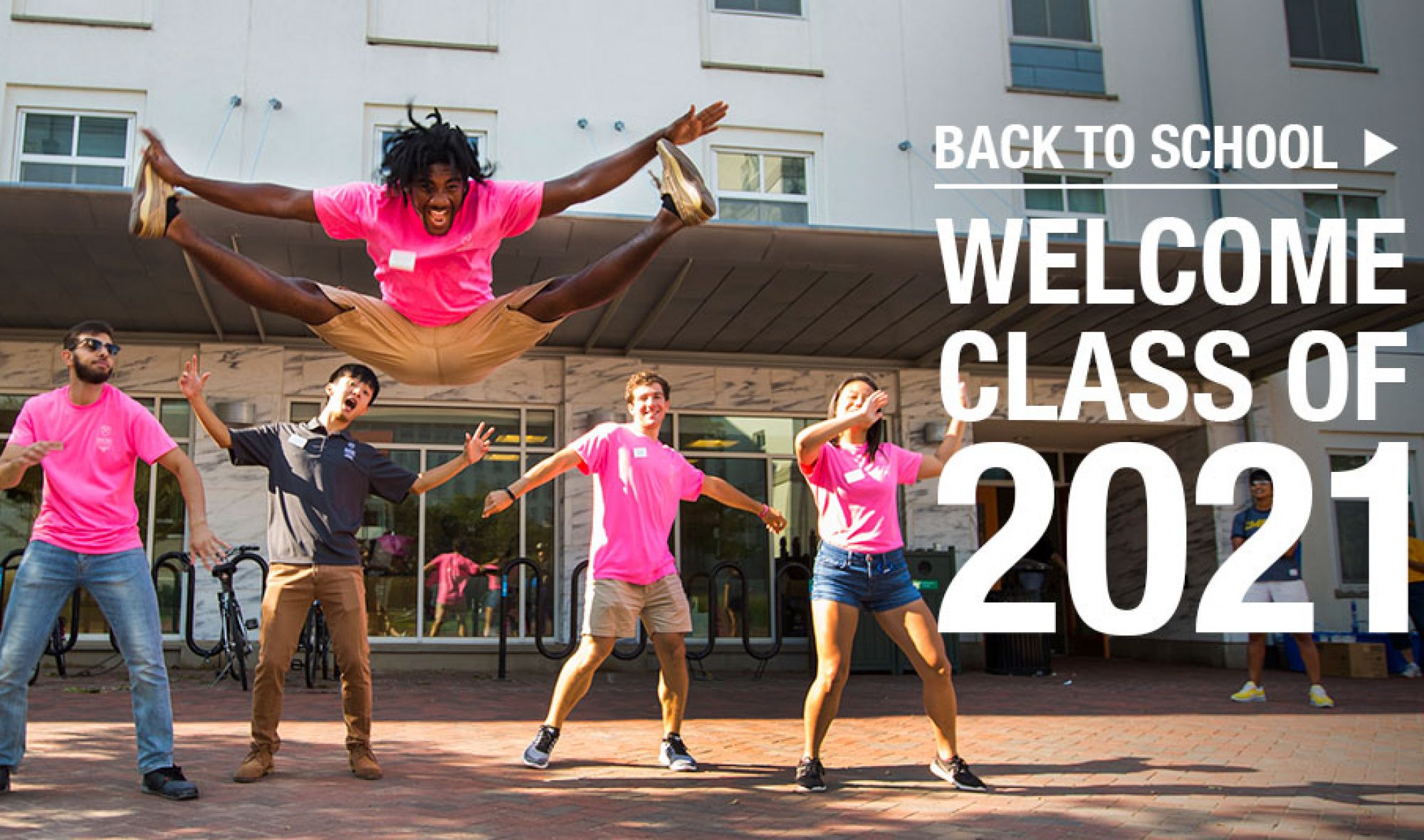Have you ever wondered why there are door levers and door knobs? Have you ever noticed the different types of faucet handles found in bathrooms? Though at first you may only think of these designs as products of architectural advancements, they all serve a bigger purpose in our world as they help people suffering with disabilities and injuries. Whether it’s the simple design of a ramp alongside stairs, or an indent in a curb next to a crosswalk, these architectural modifications all fall under what researchers call “The Universal Design”. As these researchers continue to discover unique ways to make our lives more efficient, some have started to wonder how we can apply this universal theory to the classroom. Though children with disabilities used to receive individual attention, more and more have been assimilating into a classroom setting forcing researchers to identify new forms of accommodation.

Jennifer Sarrett from Emory’s Center for the Study of Human Health is at the forefront of implementing the Universal Design for Learning on our campus. She crafts her syllabus and each lesson to be accessible to all students, with or without learning disabilities. After noticing a downward trend in graduate rates and post-graduation employment in autistic students, Sarrett knew she needed to make a change.
“These students aren’t being set up for success in the same ways that other students are being set up for success,” she said. “We have autistic students on campus and we want to continue to have autistic students on campus, so we need to figure out what works best for them.”
In order to increase success for students with learning disabilities, Sarrett provides accommodations in the classroom to benefit their learning capacity. She alters her lectures and presentations to suit the needs of all students, whether they be visual, auditory, or sensory. Sarrett’s efforts to better serve autistic and learning-disabled students in class are helping not only her students, but also the Emory community as a whole to become more aware and accommodating. By including all of her accommodations in her syllabus, she is telling her students that her classroom is a safe and open space. Sarrett stresses using a language of difference, not deficit, as some people are different, not worse. She is spreading a sense of respect and normalization for autistic people across campus.

When Professor Sarrett opened the audience to questions, it seemed as if every faculty member in attendance immediately raised their hand with a concerning look. These gestures of anxiety instantly made us realize that these professors and TAs were quite apprehensive and inexperienced when approaching students with disabilities. One by one they nervously asked about techniques regarding accommodations and shared episodes of frustration from their classes. With these teachers seeming to lack any knowledge in the field of autism, they desperately tried to obtain any advice they could get from Professor Sarrett. One question in particular sparked an interesting conversation in the audience. A woman questioned how these accommodations truly prepared students for the “real-world” when the working environments can often be harsh and traditional. With most of the audience nodding in agreement, Sarrett made sure to be diplomatic in her response and stressed that a lot of these accommodations are found in companies around the world. This was honestly hard to believe for many as they continued to question the applications to life after college.

Emory, as an institution, has a duty to prepare its students for the “real world”. In other words, the school is providing its students with the tools they need to be successful in their future endeavors. Though Emory tries its best to be an accommodating and tolerant school, it is easy to question how such accommodations in college can help students be prepared for careers that are not so tolerant. While Emory acts as a safe haven for social differences and disabilities, this progressiveness is not necessarily universal, making it difficult for students to adapt. With hundreds of schools around the country taking on this Universal Design of Learning, the real question is: Will different companies and career paths also adapt to these accommodations? Or will they continue to be conservative with their working style?
RESOURCES
MLA & SDS Access Guidelines
“Designing Collective Access: A Feminist Disability Theory of Universal Design” Disability Studies Quarterly, Aimi Hamraie
By Michael Malenfant and Kate Monger
